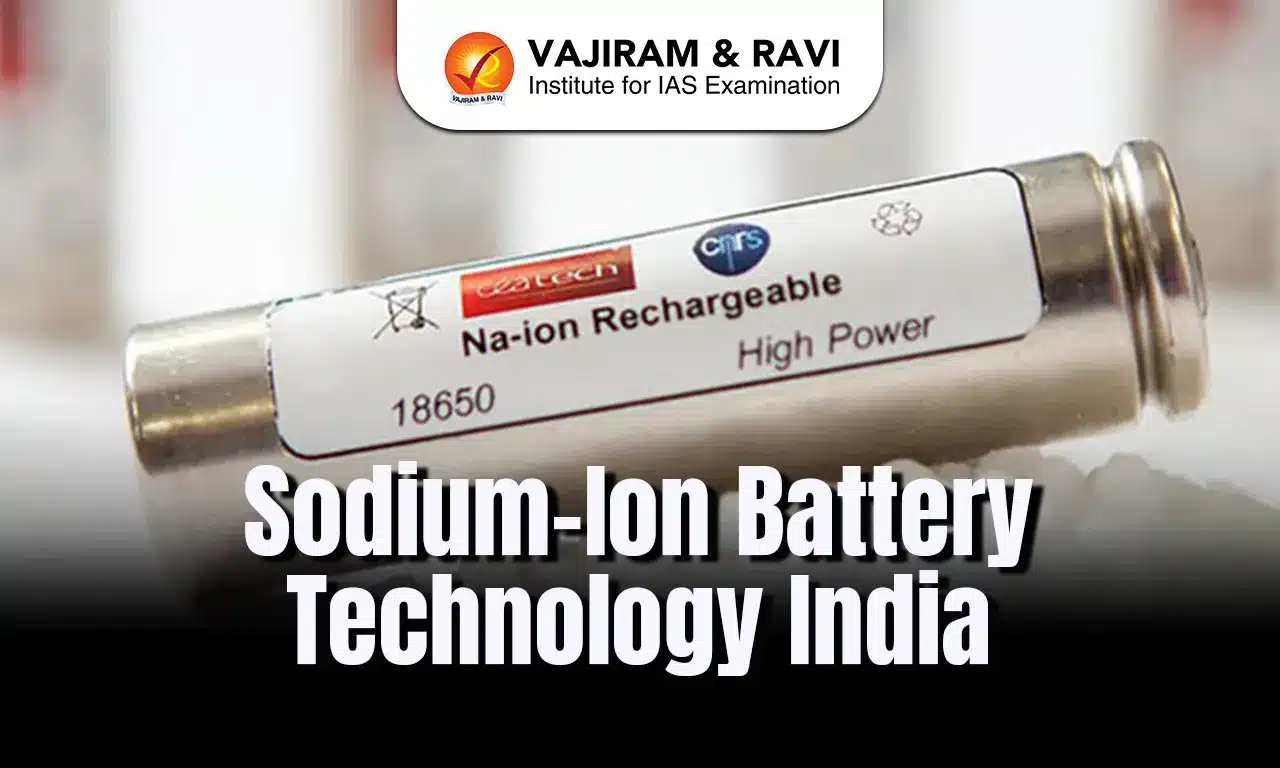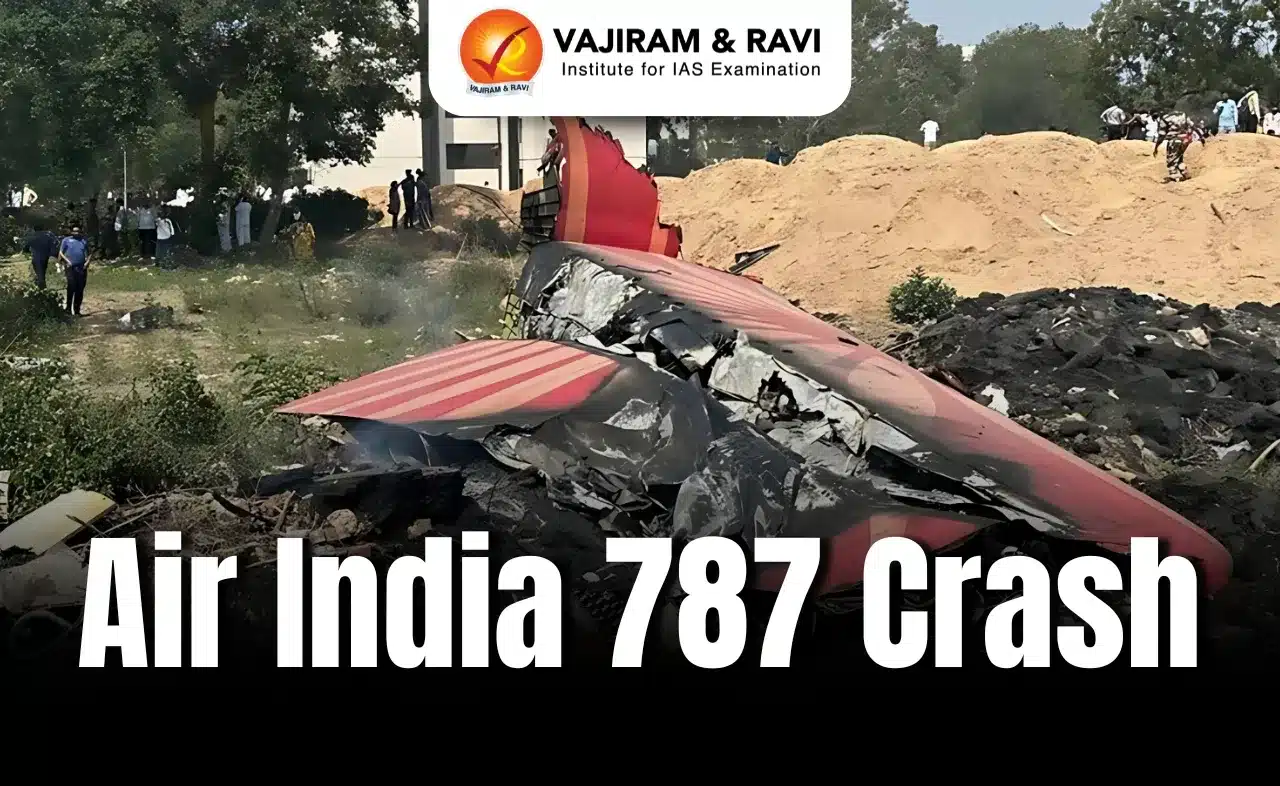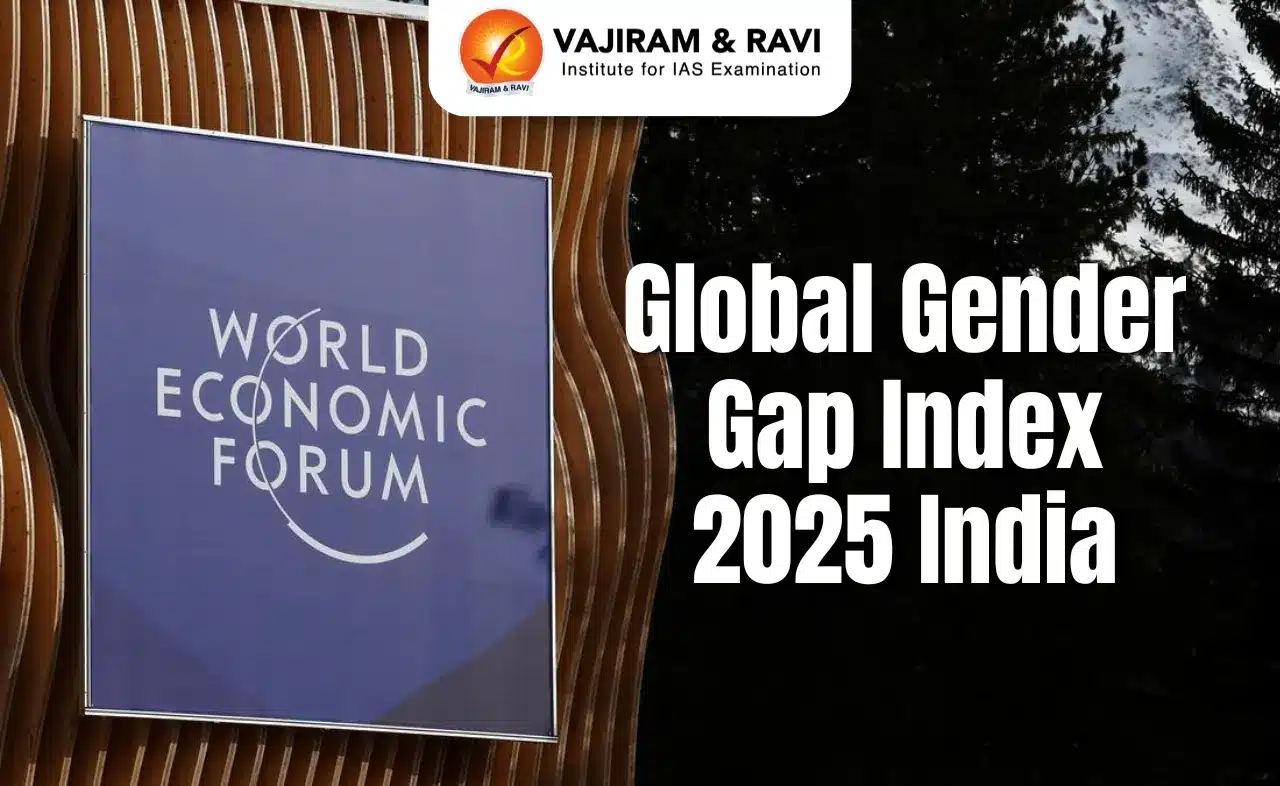Sodium-Ion Battery Technology Latest News
- A research team at the Bengaluru-based Jawaharlal Nehru Centre for Advanced Scientific Research (JNCASR) has developed a super-fast charging sodium-ion (Na-ion) battery that can charge up to 80 per cent in just six minutes.
Introduction
- With global concerns mounting over the limited availability and rising cost of lithium, India is taking bold strides toward developing sodium-ion battery (Na-ion) alternatives.
- These efforts are part of a broader strategy to reduce reliance on lithium-ion batteries, an area where China commands a dominant position.
- Recent innovations from Indian institutions like the Jawaharlal Nehru Centre for Advanced Scientific Research (JNCASR) and IIT Bombay are propelling sodium-ion technology into the spotlight as a feasible and scalable alternative.
Strategic Rationale for Sodium-Ion Batteries
- Lithium-ion batteries have long been the backbone of energy storage in electric vehicles (EVs), portable electronics, and renewable energy grids.
- However, lithium’s global supply chain is heavily concentrated and geopolitically sensitive, with China leading in both battery manufacturing and lithium refining.
- Given China’s growing dominance, including its top producers CATL and BYD, India’s pivot to sodium-ion chemistry reflects both a strategic and technological imperative.
- Sodium, on the other hand, is more abundant and widely distributed. It can be extracted from seawater and poses fewer environmental hazards during storage and transportation.
- These characteristics make sodium a viable alternative to lithium, especially in a country like India with ambitions for energy security and technological self-reliance.
Breakthrough Innovation by Indian Scientists
- In a major development, a team at Bengaluru-based JNCASR has developed a NASICON-type sodium-ion battery with significantly enhanced charging performance and lifespan.
- Unlike conventional Na-ion batteries that suffer from slow charge rates and shorter life cycles, this innovation enables up to 80% charge in just six minutes and supports over 3,000 charge cycles.
- The researchers achieved this performance by making critical modifications to the battery’s anode material:
- Nanoparticle Engineering: Reducing particle size to the nanoscale.
- Carbon Wrapping: Encasing the particles in a thin carbon layer.
- Aluminum Doping: Incorporating small amounts of aluminum to enhance conductivity and ion mobility.
- These improvements not only accelerate the charging process but also reduce degradation risks, offering a safer and more reliable battery.
Advantages and Limitations of Sodium-Ion Batteries
- Advantages:
- Resource Abundance: Sodium is far more available than lithium and can be extracted more sustainably.
- Cost-Effective Materials: Na-ion batteries use aluminium instead of copper, reducing production costs.
- Safety: Can be transported at zero volt, lowering fire hazards.
- Thermal Stability: Operate safely at a wider range of temperatures.
- Limitations:
- Lower Energy Density: Sodium-ion batteries currently offer less energy storage per unit weight compared to lithium-ion batteries.
- Design Rigidity: Cannot be moulded into various shapes like prismatic or cylindrical forms.
- Shorter Cycle Life: While improving, they still lag behind the 8,000+ cycles of lithium iron phosphate batteries.
- High Initial Costs: Limited commercial presence results in higher production costs at present.
Future Applications and Outlook
- Despite current limitations, sodium-ion batteries hold immense promise for a wide range of applications, from electric two-wheelers and drones to solar-powered rural electrification systems.
- Their lower cost and safer handling characteristics make them particularly suitable for mass deployment in developing regions.
- The technology has already undergone validation using high-end electrochemical tests and quantum simulations.
- As efforts to scale up continue, India’s bet on Na-ion batteries could position it as a leader in alternative battery chemistries, especially at a time when the world seeks safer, cleaner, and more equitable energy storage solutions.
Sodium-Ion Battery Technology FAQs
Q1. What recent breakthrough has India made in sodium-ion battery development?
Ans. JNCASR scientists developed a super-fast charging sodium-ion battery with over 3,000 cycles and 80% charge in six minutes.
Q2. Why is India focusing on sodium-ion batteries?
Ans. Sodium-ion batteries offer a safer, more abundant, and cost-effective alternative to lithium-ion batteries.
Q3. Which Indian companies are working on sodium-ion battery technology?
Ans. KPIT Technologies and Trentar Energy Solutions are collaborating to commercialise sodium-ion battery systems.
Q4. What are the advantages of sodium-ion over lithium-ion batteries?
Ans. Sodium-ion batteries are safer, use abundant materials, and are more environmentally friendly.
Q5. What are the current limitations of sodium-ion batteries?
Ans. They have lower energy density, shorter cycle life, and less design flexibility compared to lithium-ion batteries.
Source: IE
Last updated on June, 2025
→ UPSC Notification 2025 was released on 22nd January 2025.
→ UPSC Prelims Result 2025 is out now for the CSE held on 25 May 2025.
→ UPSC Prelims Question Paper 2025 and Unofficial Prelims Answer Key 2025 are available now.
→ UPSC Calendar 2026 is released on 15th May, 2025.
→ The UPSC Vacancy 2025 were released 1129, out of which 979 were for UPSC CSE and remaining 150 are for UPSC IFoS.
→ UPSC Mains 2025 will be conducted on 22nd August 2025.
→ UPSC Prelims 2026 will be conducted on 24th May, 2026 & UPSC Mains 2026 will be conducted on 21st August 2026.
→ The UPSC Selection Process is of 3 stages-Prelims, Mains and Interview.
→ UPSC Result 2024 is released with latest UPSC Marksheet 2024. Check Now!
→ UPSC Toppers List 2024 is released now. Shakti Dubey is UPSC AIR 1 2024 Topper.
→ Also check Best IAS Coaching in Delhi
Tags: mains articles sodium-ion battery technology upsc current affairs upsc mains current affairs






















